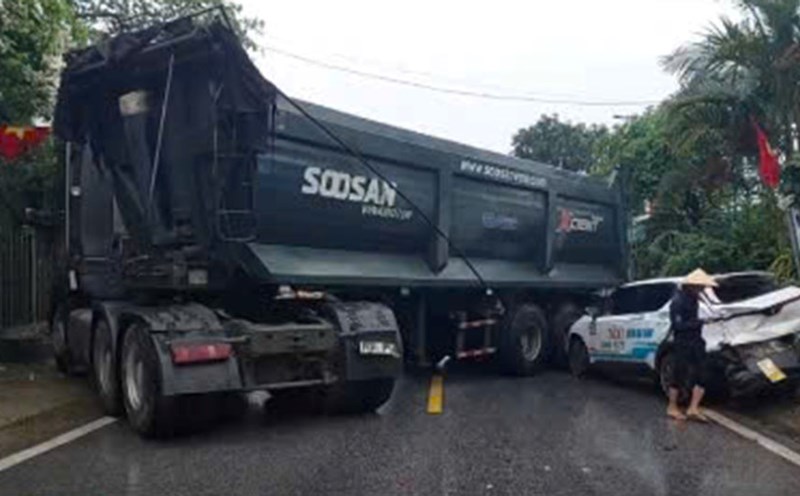In many big cities like Hanoi or Ho Chi Minh City, the scene of crowded traffic during rush hour has become a daily obsession. According to the World Bank (WB), traffic congestion can cause billions of dollars in damage each year due to time waste, fuel loss and reduced labor productivity. Faced with this situation, many countries have applied modern technology applications to control and coordinate traffic more intelligently.
Artificial Intelligence and sensors, the key to traffic coordination
One of the effective directions is to integrate artificial intelligence (AI) into the traffic management system. Through a network of sensors, cameras and real-time data, AI can predict traffic volume, adjust traffic lights, and early warnings of traffic jams.
Dr. Daniel Work, an expert on smart traffic systems at Vanderbilt University (USA), commented: "AI and real-time feedback systems allow authorities to coordinate traffic more proactively instead of reacting positively after traffic jams occur."
In Los Angeles, the ATSAC (Automated Traffic Surveillance and Control) system has been applied to monitor and regulate traffic at more than 4,500 light Butts. The results show that optimizing light signals has helped shorten people's waiting time by 12%.
Phone and big data applications: Traffic from handbags
Applications such as Google Maps, Waze or Here WeGo are no longer strange to users. These platforms use GPS location data from millions of users to issue traffic jam warnings, propose alternative routes, and even predict the time to reach the finish line with high accuracy.
Using big data from smartphones is a great way to report real-time traffic, which helps users effectively self-centricate without having to rely entirely on the public transport system, says Dr. Anders Johansson, a traffic researcher at Uppsala University (Sweden).
In Singapore, the government integrates data from the MyTransport.SG application with an urban camera system, making it easy for people to monitor road conditions before leaving. This not only helps reduce the load on some routes that are often congested but also encourages flexible travel habits.
Towards sustainable and proactive transportation
The application of technology to traffic management does not stop at reacting to traffic jams. Many cities are using simulation models for long-term traffic planning, thereby building a more optimal infrastructure system.
However, as experts emphasize, technology is just a tool. Efficiency also depends on accurate data, synchronous investment and most importantly, traffic participants' awareness.
Technology can help us avoid traffic jams, but it cannot replace compliance with traffic laws and culture, Dr. Johansson emphasized.
In the context of rapid urbanization and increasingly high infrastructure pressure, the application of smart technology in traffic management is no longer an option, but a mandatory path to a modern and sustainable urban area.











